Residential and utility-scale projects have historically dominated the solar market, leaving installations between 150 kilowatts and five megawatts (and the organizations trying to build them) lagging behind.
“Historically, homeowners with good FICO scores have had no trouble finding solar financing,” said Claire Broido Johnson, the President of Sunrock Distributed Generation and co-founder of SunEdison, in an interview with pv magazine USA. On the flip side, she explained, utility-scale solar projects receive funding from private equity shops like Blackrock that want to put “extraordinary” amounts of money to work.
“Historically, that ‘messy middle’ of 150 kW to five MW has been overlooked,” she added, noting that small and mid-sized businesses, real estate investment trusts, nonprofits and community group build projects that are usually in this size range. Even though the “community-scale” projects are smaller than most utility projects, the administrative burden doesn’t shrink.
“You still need to do quite a bit of paperwork: whether it’s a 200 kW project or a 5 MW project,, you need to sign a letter of intent, an EPC agreement, a power purchase agreement and more,” Johnson said, “And that’s a structural and operational issue.”
Plus, many offtaker organizations in the messy middle don’t have a credit rating, which can scare off traditional solar financiers. That’s where Sunrock comes in: with its sister company, Sunstone Credit, Sunrock developed an underwriting mechanism that analyzes an organization’s financial information without a credit rating. This gives Sunrock the ability to structure a PPA arrangement so that the client pays no fees upfront.
“Some of these nonprofits and churches have fantastic credit but don’t have an S&P rating, and their jobs are to support their causes,” Johnson said, adding that these entities want to make sure they’re making good business decisions. Having a strong solar financing partner can help them reduce their energy costs and utilize any cost savings from PPAs to better serve their communities.
Still, while bringing community-scale projects online follows a similar process, it often requires educating EPCs and developers that have primarily worked in the residential or direct-sale environments. That’s why Sunrock and Sunstone have built a network of over 700 EPCs around the country.
“A lot of EPCs are fantastic at constructing projects but do not have access to capital; we can help them as tax credits go away,” Johnson explained. Many of those EPCs are pivoting from direct sales towards third party ownership and they often already have great relationships with building owners in their region.
“Solar is a hyper-local business at the end of the day,” Johnson explained, adding that developers and EPC partners all over the country need to understand local legislation, permitting requirements, interconnection requirements and more in order to be effective.
She expects the solar workforce to start trending away from residential and toward commercial projects.
“An installation is an installation. Whether you install 10 or 500 modules, the training isn’t dramatically different,” Johnson said.
Still, she pointed out that at the end of the day, the macroeconomics of solar haven’t changed.
“Solar is the cheapest and fastest form of electricity to install, utility rates are going up dramatically, the grid is congested and demand is increasing,” Johnson said. “People still want to get financing for solar to fix their electricity rates.”
This content is protected by copyright and may not be reused. If you want to cooperate with us and would like to reuse some of our content, please contact: editors@pv-magazine.com.
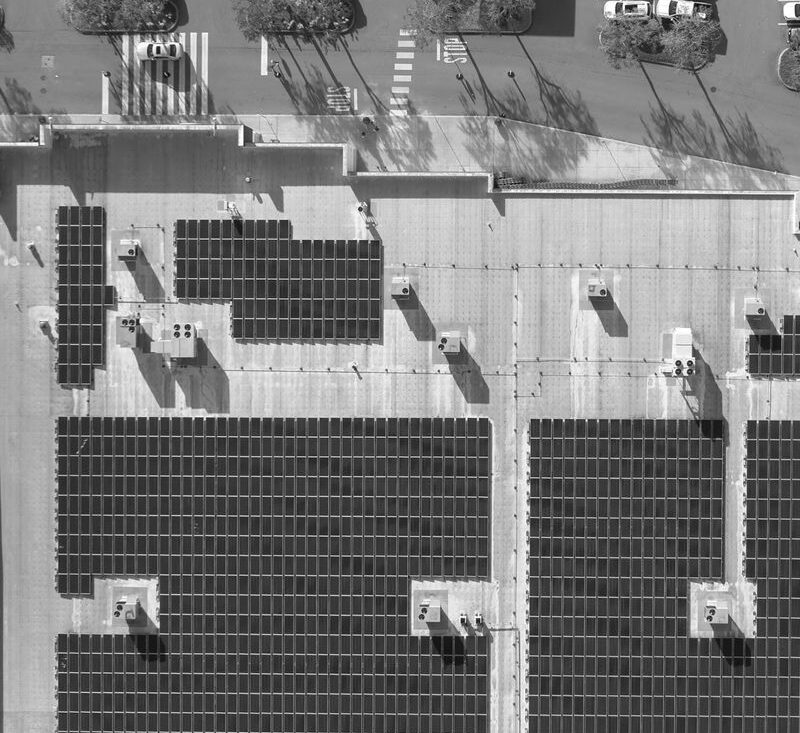
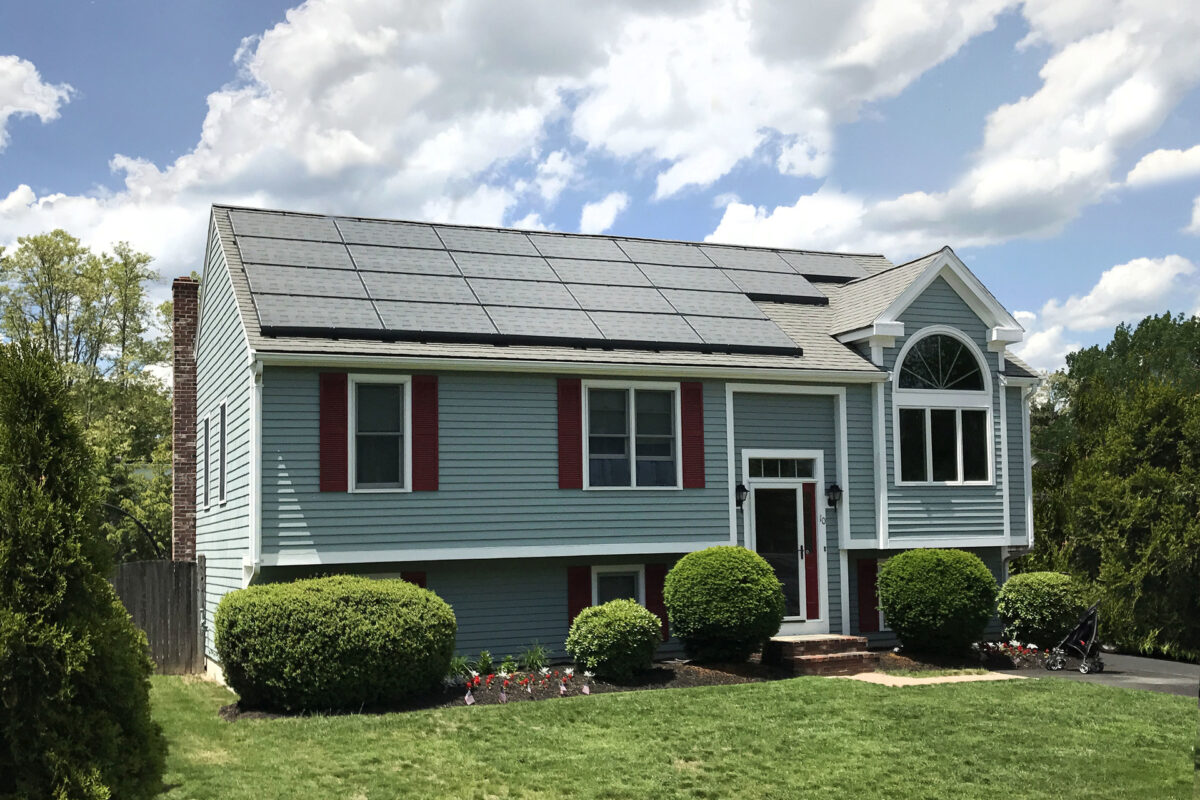
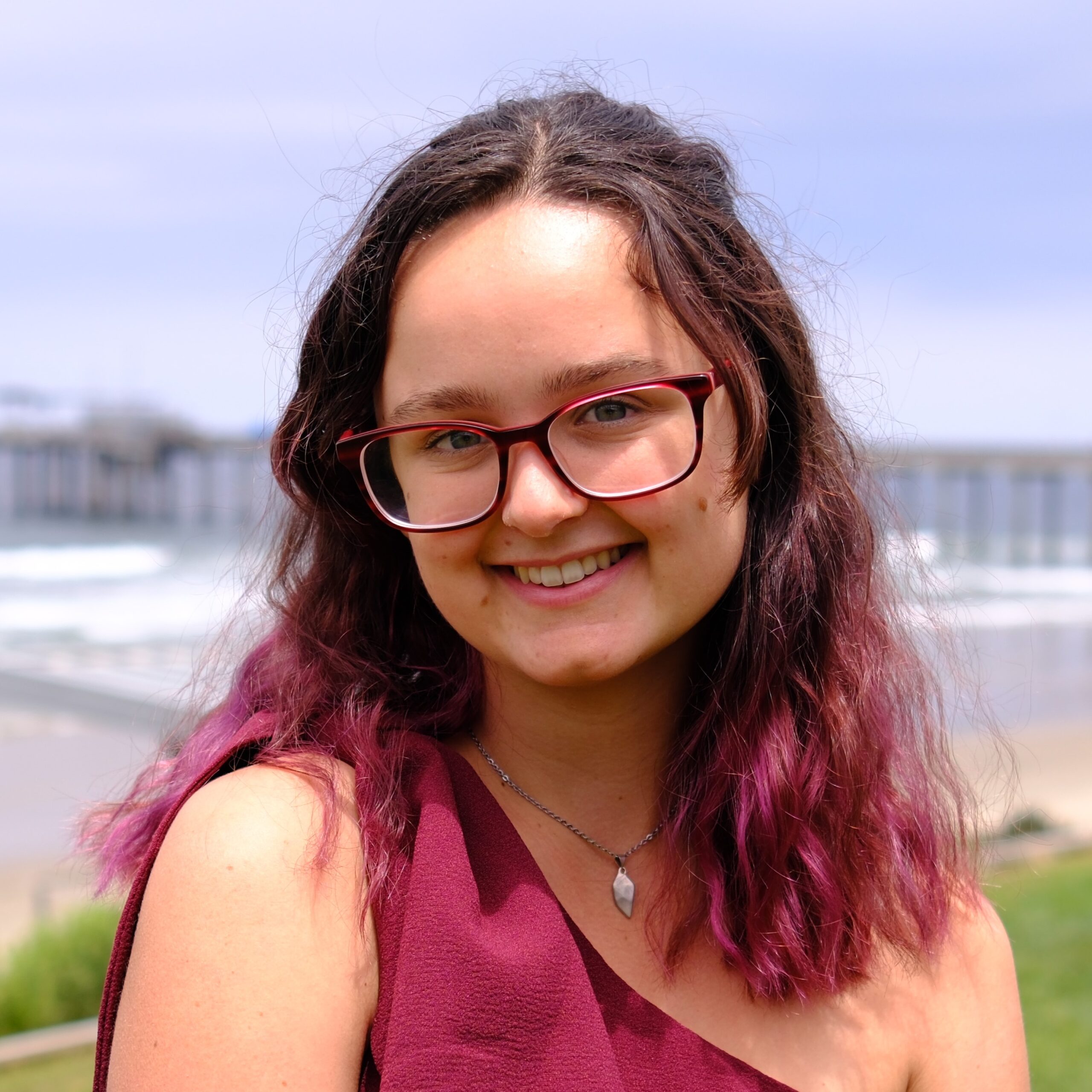

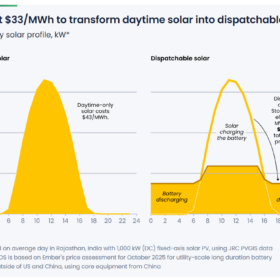
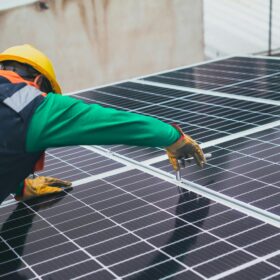
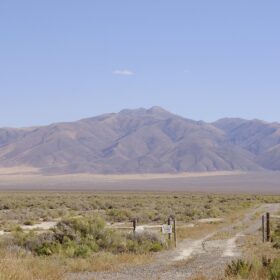
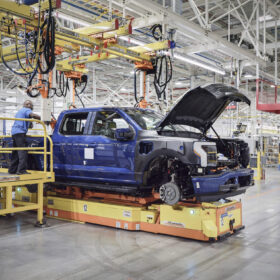

By submitting this form you agree to pv magazine using your data for the purposes of publishing your comment.
Your personal data will only be disclosed or otherwise transmitted to third parties for the purposes of spam filtering or if this is necessary for technical maintenance of the website. Any other transfer to third parties will not take place unless this is justified on the basis of applicable data protection regulations or if pv magazine is legally obliged to do so.
You may revoke this consent at any time with effect for the future, in which case your personal data will be deleted immediately. Otherwise, your data will be deleted if pv magazine has processed your request or the purpose of data storage is fulfilled.
Further information on data privacy can be found in our Data Protection Policy.